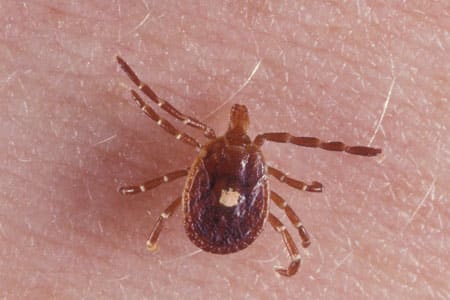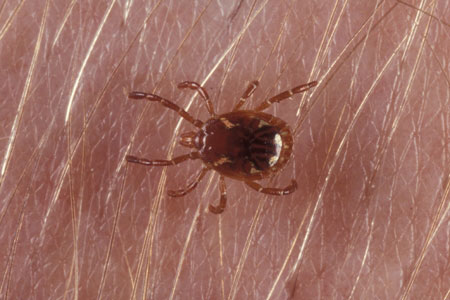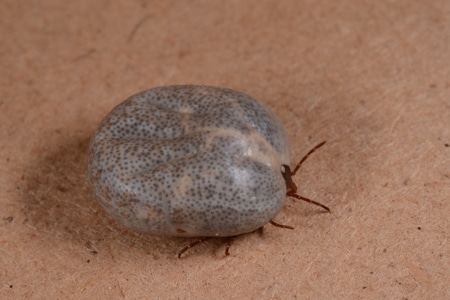Active Seasons




Lone Star Tick Appearance and Size Facts
Lone star ticks are more than a simple nuisance for homeowners and business owners across Florida, as they’re known for attacking humans more than any other species of tick. When you turn to Hulett Environmental Services, you can get the information needed to identify and remove your lone star tick infestation. To help you get started, here are some common characteristics of the standard lone star tick:
- Color. These ticks are reddish-brown and become slate gray when engorged.
- Body. Their bodies are oval and flattened.
- Size. Females are between one-eighth to a quarter of an inch long, while males are traditionally smaller.
- Region. This species spans from west central Texas to northern Missouri and Maine to the southern tip of Florida.
Distinguishing Lone Star Ticks From Other Ticks
Lone star ticks can be distinguished from other ticks through the markings on their backs. Females have a white to silvery spot on their backs, while males have inverted horseshoe-shaped white spots along their backs. However, due to their small size, it’s nearly impossible to determine a lone star tick from other ticks without professional help.
We provide tick removal for lone star ticks in the following locations and their surrounding areas:

Behavior and Habitat of Lone Star Ticks
Lone star ticks are three-host ticks, as each stage of their development requires a different host. These three stages are larvae, nymph, and adulthood. Although certain animals can be hosts for different stages, humans can be hosts in all stages. They usually hide in low-hanging vegetation and wait for a host to brush up against the plant. However, lone star ticks cannot survive with long exposure to the sun and are typically found in shaded areas.

Signs of Infestation of Lone Star Ticks
As lone star ticks cannot survive indoors, they can only come into your home by attaching themselves to a host such as a human or pet. They’ll be dropped off when they’re fully engorged. The lone star tick is also a common carrier of diseases such as tularemia, human monocytotropic ehrlichiosis, and heartland virus.

Tips for Prevention of Lone Star Ticks
Since lone star ticks like to hide in low-hanging vegetation, make sure your grass is cut and trim back any vegetation trails, paths, and edges. This will help keep shaded areas of vegetation out of your yard and make your home less attractive to lone star ticks. Also, remove any debris and ground cover across your home, as lone star ticks love those shaded areas for hideouts.
Getting Rid of Lone Star Ticks
When you need the most effective results in lone star tick removal, simple home methods won’t do the trick. Instead, get the help of professional pest control services. Whether you need residential pest control or commercial services, the best team of professionals will take care of not only your lone star tick infestation but a litany of other pests as well.
Effective Lone Star Tick Control Solutions
Are you on the hunt for the best lone star tick control services for your Florida home? Just call Hulett! With a plethora of green pest control treatments, our team of highly trained technicians will strive not only for tick removal but for prevention as well. Find your local Florida service branch or schedule your free inspection online to start ridding your home of lone star ticks today!



